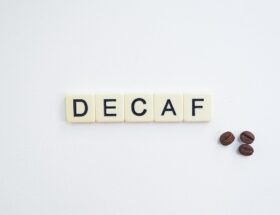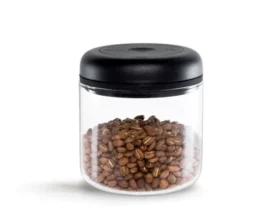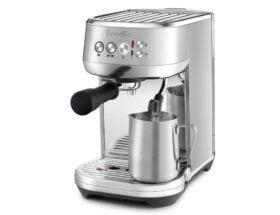
How Much Caffeine Is in a Coffee Bean?
Are you a coffee lover who craves that perfect cup of joe to kickstart your day? Do you find yourself wondering how much caffeine is actually in a coffee bean? Well, you’re in luck! In this blog post, we’re going to dive deep into the world of coffee and explore the caffeine content hiding within those little beans. Get ready to uncover the secrets behind the energizing power of coffee as we discover the answer to the age-old question: How much caffeine is in a coffee bean?
Table of Contents
Main Content: How Much Caffeine Is in a Coffee Bean
The Science Behind Caffeine
To understand how much caffeine is in a coffee bean, it’s important to first explore the science behind caffeine. Caffeine is a natural stimulant found in various plants, including coffee beans. It acts on the central nervous system, stimulating brain function and reducing the feeling of fatigue.
Coffee beans naturally contain caffeine as a defense mechanism against pests. The caffeine acts as a toxic substance to deter insects from consuming the bean.
Factors Affecting Caffeine Levels
The caffeine content in coffee beans can vary depending on several factors, including:
- Coffee Bean Variety: Different varieties of coffee beans, such as Arabica and Robusta, have different caffeine levels. Robusta beans generally contain higher levels of caffeine compared to Arabica beans.
- Roasting Process: The roasting process can also impact the caffeine content. Contrary to popular belief, darker roasted beans do not necessarily have higher caffeine levels. In fact, the roasting process may reduce caffeine content slightly.
- Brewing Method: The brewing method used to make coffee can affect the overall caffeine concentration. Espresso, for example, generally has a higher concentration of caffeine compared to drip coffee.
Average Caffeine Content in Coffee Beans
On average, an Arabica coffee bean contains approximately 1.2% caffeine, while Robusta beans can contain around 2.2% caffeine. However, it’s worth noting that these percentages can vary depending on the factors mentioned earlier.
To put it into perspective, a typical 8-ounce cup of coffee contains about 95 milligrams of caffeine. This means that a single Arabica coffee bean contributes only a fraction of the caffeine content in a cup.
The Impact of Roasting
As mentioned earlier, the roasting process can affect the caffeine content in coffee beans. While the exact mechanism is not fully understood, it is believed that the longer a bean is roasted, the more caffeine is lost. However, the overall caffeine content reduction is minimal and does not significantly impact the overall caffeine concentration in a cup of coffee.
Conclusion
While coffee beans have varying levels of caffeine, it’s important to remember that the overall caffeine content in a cup of coffee is influenced by several factors, including the type of bean, the roasting process, and the brewing method. Understanding these factors can help coffee enthusiasts make informed choices and enjoy their favorite cup of joe while staying within their desired caffeine intake.









